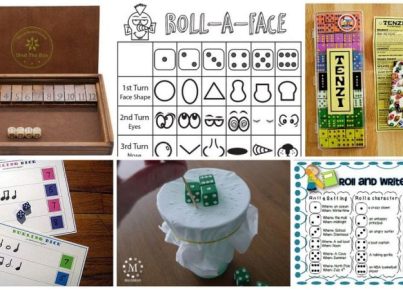Narrative writing is a form of writing that tells a story or recounts events. It involves using descriptive language, engaging plotlines, and well-developed characters to captivate the reader. Teaching narrative writing in the classroom is essential for developing students’ creativity, critical thinking, and communication skills.
To effectively teach narrative writing, start by introducing the concept of storytelling and discussing the elements of a narrative, such as characters, setting, plot, conflict, and resolution. Provide examples of well-written narratives to inspire and motivate students.
Here are some strategies to help teach narrative writing:
-
- Brainstorming: Encourage students to generate ideas by brainstorming different story topics or events that they can write about. This can be done as a whole class activity or in small groups.
- Plot development: Teach students how to create a strong plot by introducing the elements of exposition, rising action, climax, falling action, and resolution. Guide them in developing a clear beginning, middle, and end for their narratives.
- Character development: Emphasize the importance of creating well-rounded and relatable characters. Teach students how to develop characters by giving them personalities, motivations, and conflicts.
- Setting description: Teach students how to effectively describe the setting of their stories, including the time, place, and atmosphere. Encourage them to use sensory details to bring their settings to life.
- Show, don’t tell: Teach students the difference between showing and telling in writing. Show them how to use vivid descriptions, dialogue, and action to engage the reader and create a visual experience.
-
- Revision and editing: Guide students in revising and editing their narratives for clarity, coherence, and grammar. Teach them how to self-edit and peer-edit by using checklists and providing constructive feedback.
- Publishing and sharing: Provide opportunities for students to publish and share their narratives with their classmates, other teachers, or even in a school-wide writing contest. Celebrate their achievements and give positive feedback.
Remember to scaffold and differentiate instruction based on the needs and abilities of your students. Provide individual and group support as necessary to help students develop their narrative writing skills.
By following these strategies and continually providing guidance and feedback, you can effectively teach narrative writing in the classroom and help your students become confident and proficient storytellers.





